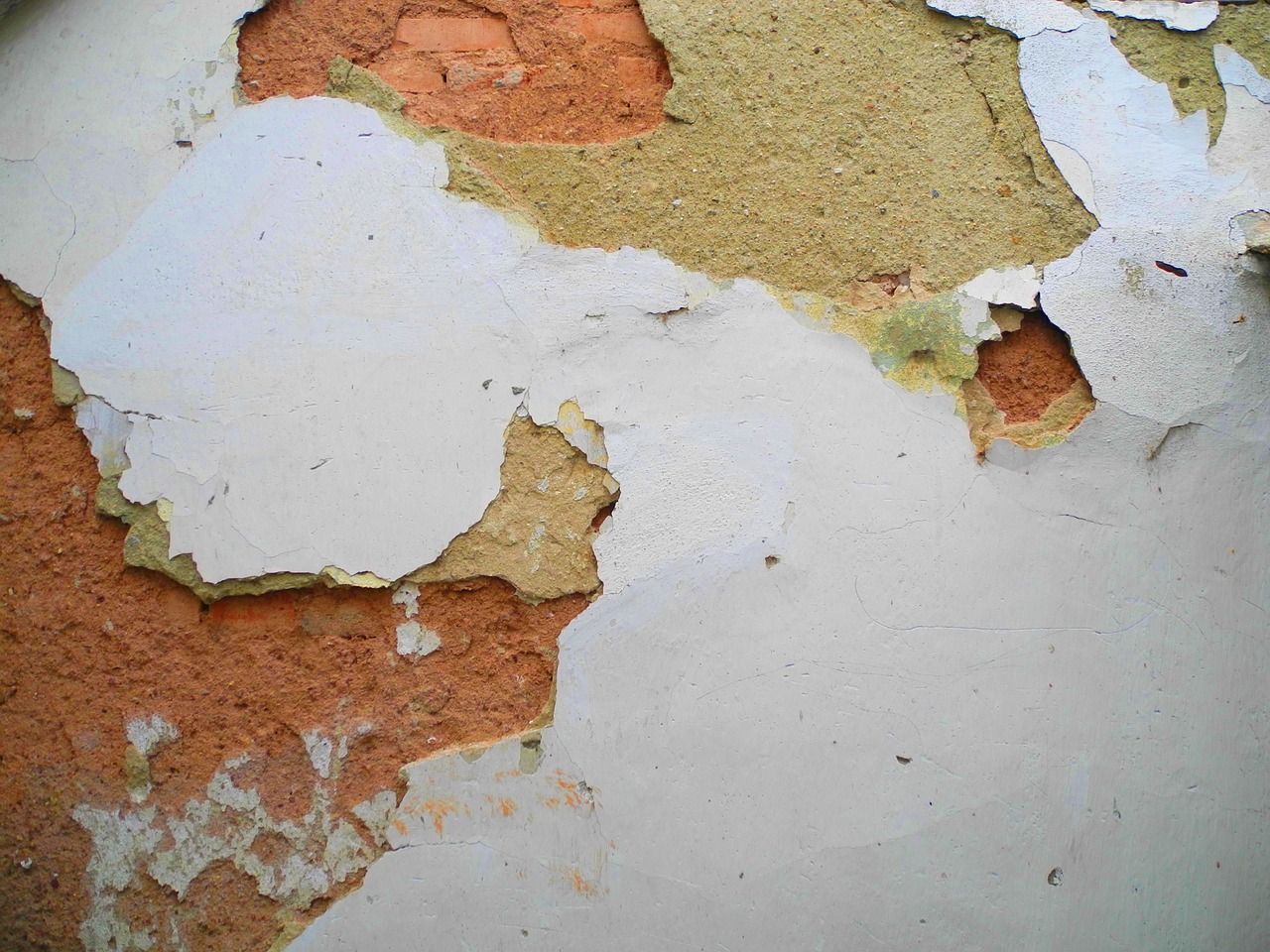Although plaster can last a long time, there may come a time when you will need to replaster the walls to prevent damage. How do you know when it’s time to replaster your walls? Fortunately, there are several signs that you can look for in order to determine this. These include chipped or cracked paint, uneven walls, water damage, mould, etc.
Following are the signs you should look for in order to determine whether it’s time to replaster your walls:
You Have Chipped or Cracked Paint
One of the common signs that indicate that you need to replaster your walls is chipped or cracked paint. Paint, no matter how good it is, can only last for so long before wearing out. And when that happens, it starts to chip away. You can easily notice the cracks in paint when they start to appear.
When chipping occurs, you will want to have replastering done in order to fill the chipped areas. If you ignore it, then the chipped areas will start to crumble or erode away with time.
The same is the case with cracked paint. It is a clear indication that you need to replaster your walls. Depending on the scope of the problem, you may be able to patch the cracked areas. However, replastering the entire wall is recommended as it will ensure that the entire area is covered and there is a uniform appearance.
Your Walls Are Uneven – Not Smooth
Uneven walls are another sign that you should look for. Replastering can make your uneven walls smooth again. However, you should be aware that if your concrete wall is not lean and straight, then replastering with putty will not be enough.
Smoothening the wall with putty cement does not generally apply to thicker walls and plastering any waving, bend, or curved wall that is too thick may not provide you with a straight wall. In such a scenario you have different options.
One option is to remove the existing plastering and replaster the entire wall with a quality plaster. This will help ensure that your wall is no longer uneven and it’s smooth again. Some homeowners simply repaint the wall to solve the problem. However, this might only work if the problem isn’t so severe. Most of the time, replastering is the best solution.
Your Walls Have Experienced Water Damage

In some cases, your walls may be damaged because of dampness or water seepage and because of it, your wall plaster may be peeling off. This often happens in locations which are prone to flooding. Water damage is a clear indication that you will need to replaster your walls.
Before you replaster the damaged wall, it is recommended that you let it dry completely otherwise the replastering won’t be as effective. There are some tips that you should follow when replastering a wall that has been damaged by water.
Following are the tips:
Always treat the cause of water damage, not the symptoms.
- Make sure that your walls have been allowed to completely dry out before you replaster them.
- If you see any stains on the wall after water damage, then don’t delay the replastering job.
- If the problem is not severe and you only want to replaster the stained areas of the wall, then it is recommended that you let those specific areas dry out first.
- If stains are not removed, then you should consider applying lime plaster.
You’ve Noticed Mould Growth
If you have noticed mould growth on your walls, then it is highly recommended that you replaster those walls as soon as possible to minimize further damage. Fortunately, as opposed to drywalls, mould on plaster walls is cleanable because it is not porous and not a food source.
It is likely that the mould is feeding on your paint and dust. However, there is usually paper backing in plaster walls. If that is the case, then chances are that the mould may penetrate the back of the plaster. In such a situation, you will need to replaster the wall.
Furthermore, it is also recommended that you determine whether the mould growth is occurring only on the surface or if it has spread to wall’s deeper layers.
If the mould has speared deeper into the wall’s layers, then you will need to remove the plaster generously. Simply cleaning and sealing the wall won’t be enough, you will have to replaster it entirely.
It is recommended that you consult with a mould remediation specialist to make sure that you can determine the severity of the contamination.
Summary
In conclusion, there are several signs that can help you determine when to replaster your walls.
Sometimes replastering the affected areas of the wall is enough. Other times, you might need to replaster the entire wall. The best way to go about this is with the expertise of a plasterer who can use their skills to efficiently repair the plaster and get your walls back in top shape.

